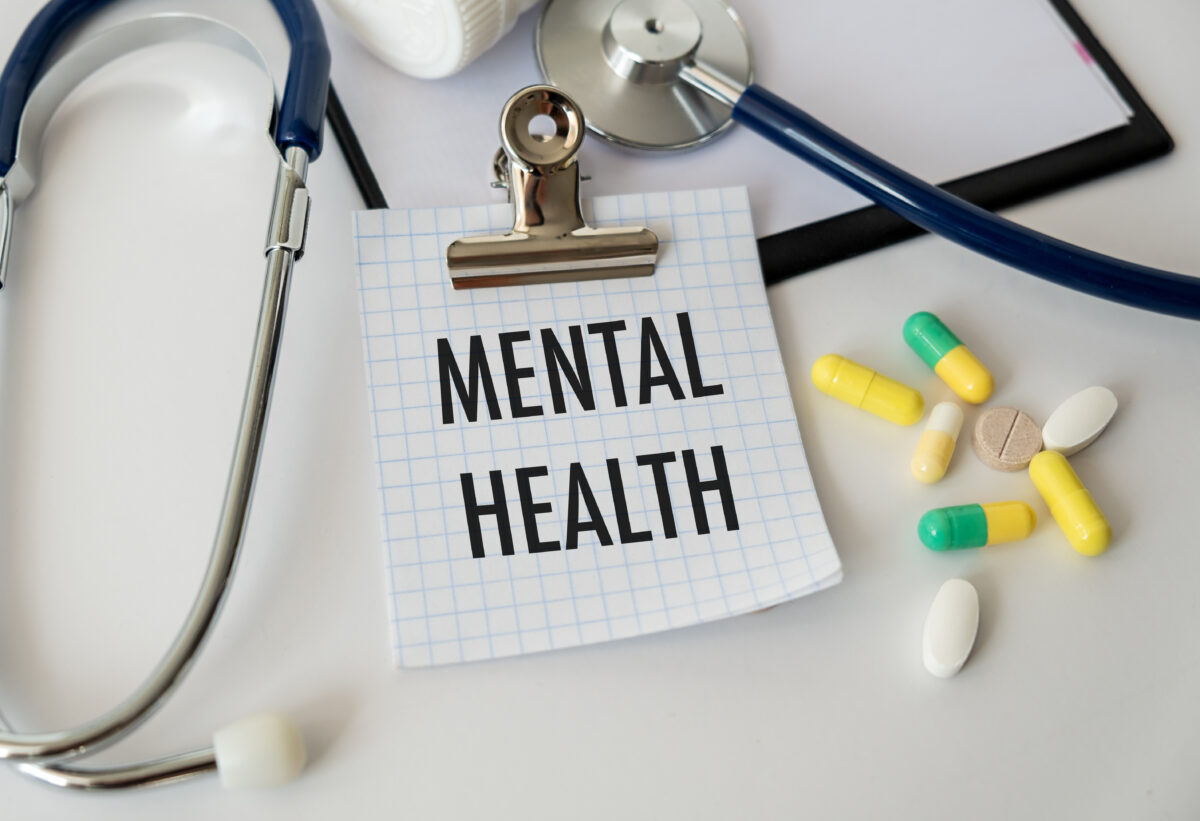
Author
Joseph W. Thompson, MD, MPH
President & CEO
Contact
ACHI Communications
501-526-2244
jlyon@achi.net
We have come a long way in recognizing the scope of mental health issues facing Arkansas’s workforce, destigmatizing the idea of seeking care, and incorporating more support into company policies and insurance coverage. At the same time, rates of stress, anxiety, depression, and other related challenges continue to rise in communities across the country.
According to a KFF analysis of data from the Centers for Disease Control and Prevention, the average number of poor mental health days reported by Arkansas adults increased by 30% between 2013 and 2023. Regardless of the cause, and there is certainly more than one, we can all agree that a healthier workforce leads to more successful organizations, happier families, thriving communities, and a stronger state overall.
Employers and our government cannot address these challenges all on their own. Progress requires that each of us takes stock of our own mental health, recognizes when we need support, and identifies how to address that need. Here are a few steps employees can take to ensure they can access mental health resources available to them:
- Take advantage of wellness, life-work balance, and other training programs offered by your employer. In addition to building new skills, participation in these programs will help you discover other resources available to you.
- Find out if your employer offers counseling or other mental health support services at your workplace. While not all companies offer that kind of support on-site, an increasing number do, especially within larger organizations. Easy access to these resources means you are more likely to take advantage of them when needed.
- Explore what mental health services are covered by your health insurance and how you can access them. Policymakers have increasingly focused on mental health parity in health coverage, and a series of federal and state laws have required insurance companies to cover mental health and substance use disorder services in the same way as other medical services.
- Put down your smartphone. A report from the Centers for Disease Control and Prevention’s National Center for Health Statistics found that teenagers who spend four or more hours a day in front of screens are much more likely to experience anxiety and depression. Adults are not immune to those influences. Find ways to reduce your screen time and incorporate screen- or smartphone-free parts of your day.
- Learn how to recognize signs of stress, depression, or other behavioral health challenges among your coworkers. Training in Mental Health First Aid helps make conversations about mental and emotional well-being easier to have and creates a safer, healthier, and more productive workplace.
Employers have been expanding mental health resources in the workplace because they want to support their employees, and it makes good business sense. According to an analysis by the National Safety Council and NORC at the University of Chicago, employers that supported mental health saw a return of $4 for every dollar invested. That’s because when employees receive treatment for mental distress, those employers benefit from reduced total medical costs, increased productivity, lower absenteeism, and decreased disability costs, among other benefits.
If you are feeling overwhelmed, frequently depressed, and in need of mental health support, there is no reason to suffer in silence.
If you or someone you know is in crisis and contemplating suicide, a call or simple text to 988, the National Suicide Prevention Hotline, will connect you to a trained counselor who can listen and provide support.






